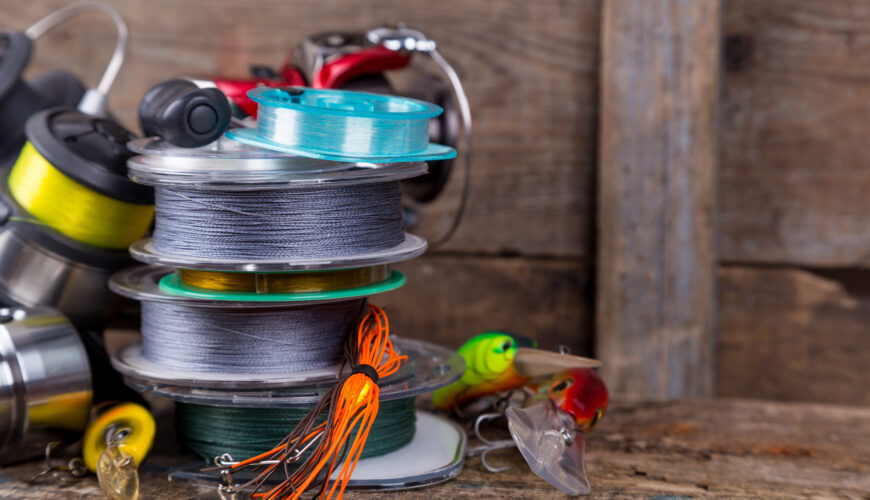When it comes to fishing, the choice of line can make all the difference between victory and defeat. Two popular types of fishing lines are monofilament and fluorocarbon, each with its own set of advantages and disadvantages. In this article, we’ll compare and contrast monofilament vs. fluorocarbon and provide some recommendations to help you make the best choice for your fishing trips.
Monofilament vs. Fluorocarbon
Monofilament
Monofilament, often referred to as “mono,” is the most traditional type of fishing line. It is made from a single strand of nylon, which gives it a high level of flexibility and stretch. Here are some key features and benefits of monofilament lines:
Pros:
- Affordability: Monofilament lines are generally less expensive than fluorocarbon lines.
- Flexibility and Stretch: Mono lines have excellent flexibility and stretch, which can be beneficial for absorbing shocks and sudden pulls from fish.
- Knot Strength: These lines are known for their superior knot strength, making them less likely to slip or break at the knot.
- Buoyancy: Monofilament lines float, making them ideal for topwater fishing techniques.
Cons:
- Visibility: Mono lines are more visible underwater, which can sometimes deter fish.
- Durability: They are more prone to abrasion and can weaken when exposed to UV light over time.
- Line Memory: Monofilament lines can develop “line memory,” causing them to retain the shape of the spool and leading to tangles and twists.
Top Monofilament Line Recommendations:
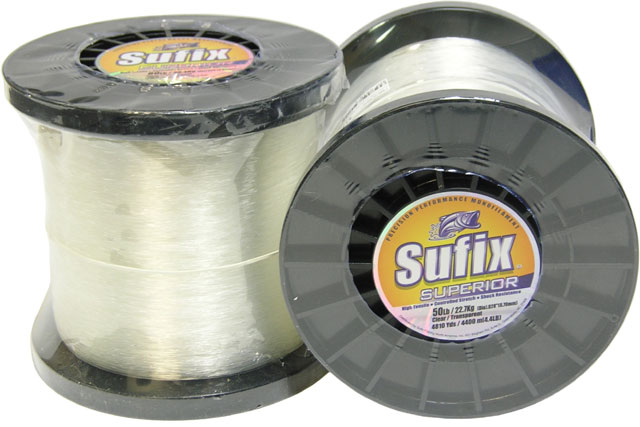
- Sufix Superior Monofilament Fishing Line
- This line is known for its superior strength and durability, making it an excellent choice for both saltwater and freshwater fishing. Available starting at $10.29.
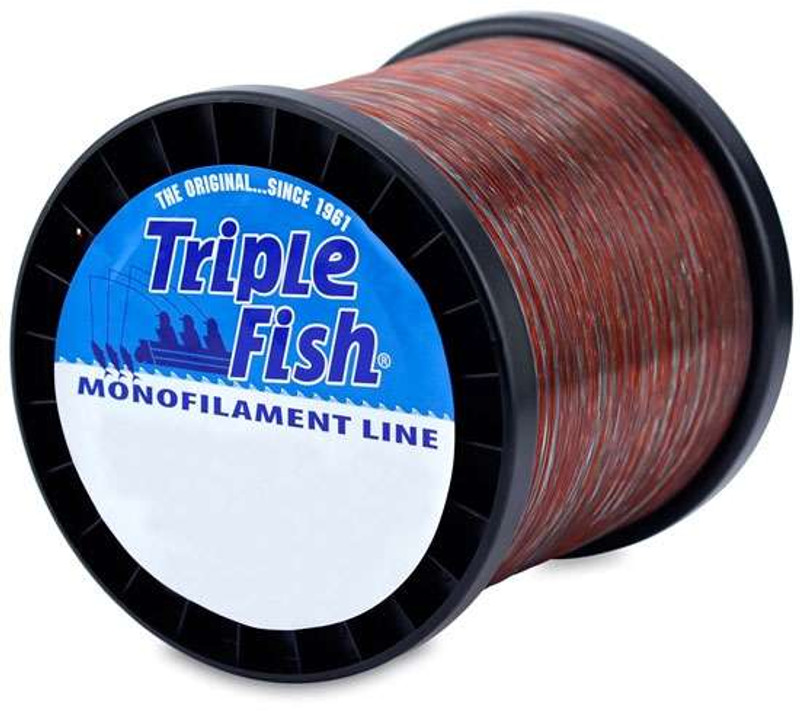
- Triple Fish Monofilament Line – Camo
- The camouflage color of this line helps it blend into the environment, making it less visible to fish and increasing your chances of a successful catch. Available starting at $9.77.
Fluorocarbon
Fluorocarbon lines are made from a dense material that has a similar refractive index to water, making them nearly invisible underwater. This property, along with their density, gives them several unique advantages:
Pros:
- Invisibility: Fluorocarbon lines are less visible underwater, making them ideal for clear water fishing.
- Abrasion Resistance: These lines are highly resistant to abrasion, making them suitable for fishing in areas with rocks, weeds, and other potential line-damaging obstacles.
- Sensitivity: Fluorocarbon lines have low stretch, providing better sensitivity to detect subtle bites.
- Density: Fluorocarbon sinks faster than monofilament, which can be advantageous for deep water and bottom fishing.
Cons:
- Cost: Fluorocarbon lines are generally more expensive than monofilament lines.
- Stiffness: These lines are stiffer and less flexible, which can make them harder to handle and knot.
Top Fluorocarbon Line Recommendations:
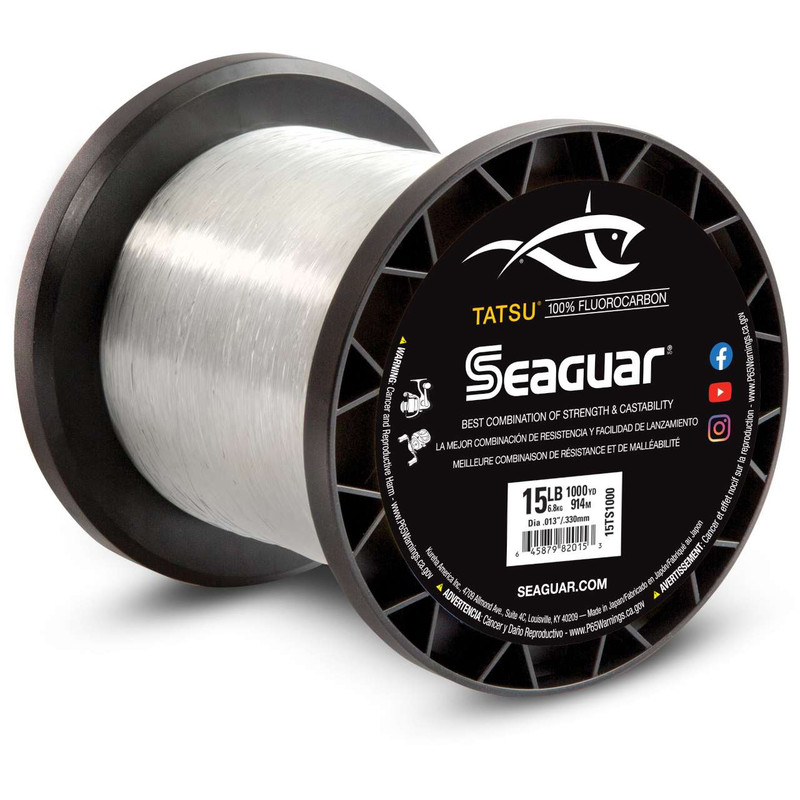
- SEAGUAR 15 TS 1000 TATSU 1000YDS Fluorocarbon Line
- Known for its exceptional strength, abrasion resistance, and invisibility, this line is a top choice for serious anglers. Available for $181.49.
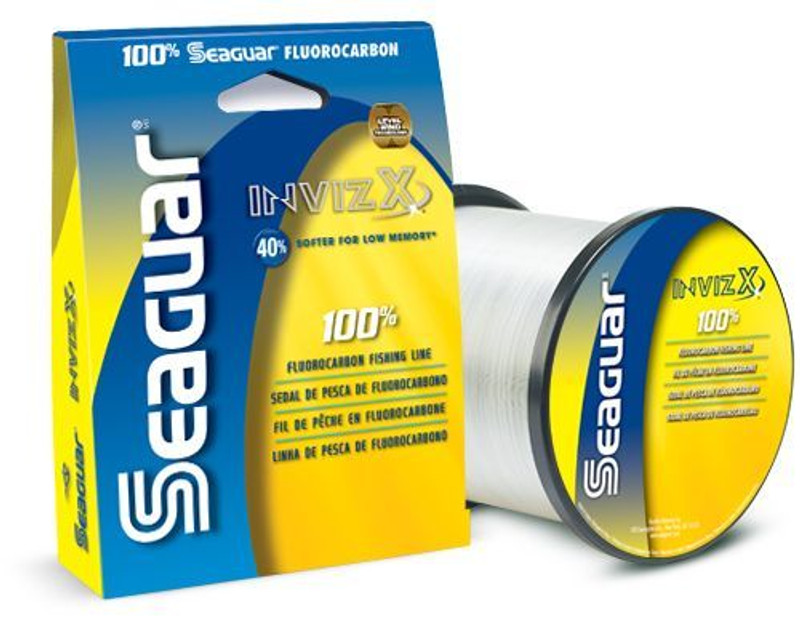
- SEAGUAR INVIZX Fluorocarbon Line – 15lb – 200yd
- This line combines low visibility with high sensitivity and knot strength, making it ideal for a wide range of fishing conditions. Available for $23.24.
Monofilament vs. Fluorocarbon Conclusion
Choosing between monofilament and fluorocarbon fishing lines depends on your specific needs and fishing conditions. Monofilament lines are great for general-purpose fishing due to their flexibility, affordability, and ease of use. On the other hand, fluorocarbon offers lines that are nearly invisible underwater, highly sensitive, and abrasion-resistant.
Whether you opt for the tried-and-true monofilament or the advanced fluorocarbon, having the right line on your reel will help you reel in more successful catches.




